Azulejos – a quintessential part of the Portuguese heritage
There are few things more Portuguese than Azulejos – the traditional ceramic tiles that are all over the country.
For centuries, Portuguese have been using tiles for decorating their churches, palaces, subway stations, private houses or restaurants, on the inside and on the outside walls. With simple or more intricate patterns, blue, white and yellow or multicolored, Azulejos bring out the beauty of the buildings on which they are added, and their enchanting charm will catch your eye for sure.
But aside from being just a visual treat, Azulejos shaped Portugal’s cultural and historical heritage, telling its story to the present day.
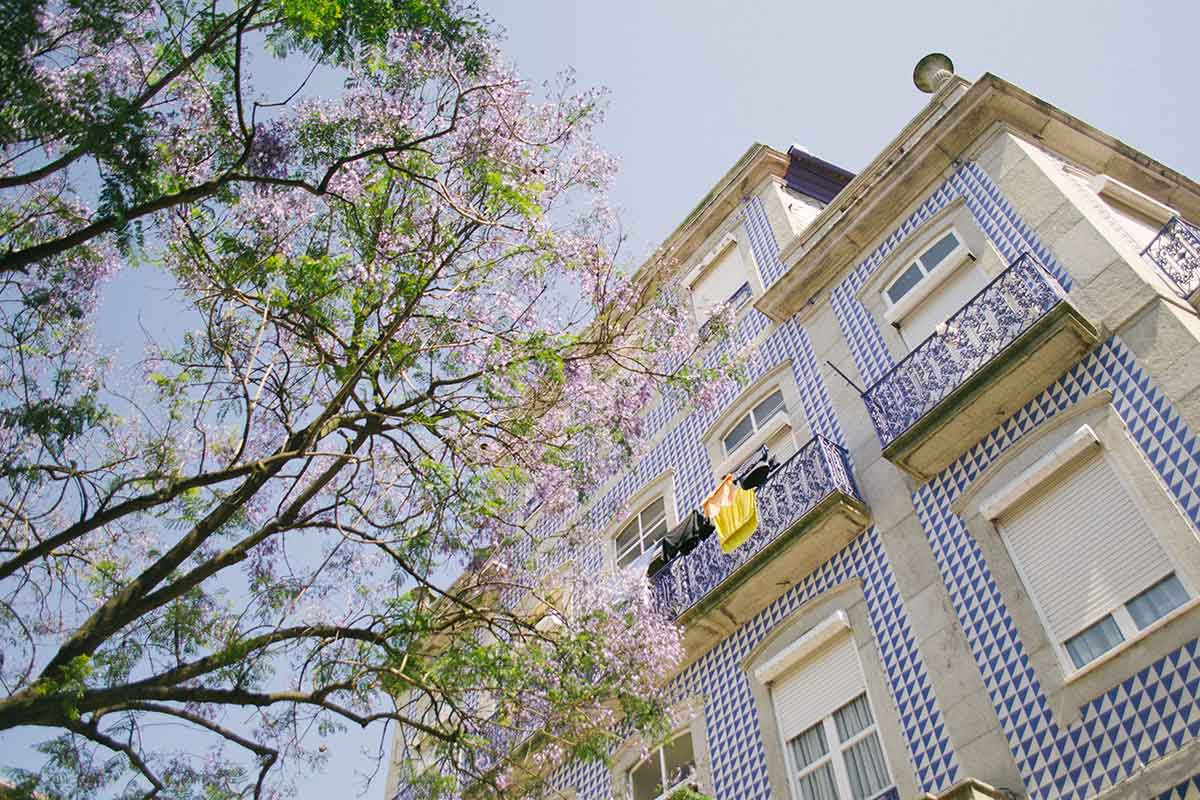
Arabic Roots
The word “Azulejo” is thought to have come from Arabic and means “small polished stone.” In the 13th century, decorating palaces with colorful mosaics was a common practice in the Arab World. Later, in the 14th century, this technique reached the Iberian Peninsula, through the Moorish invaders.
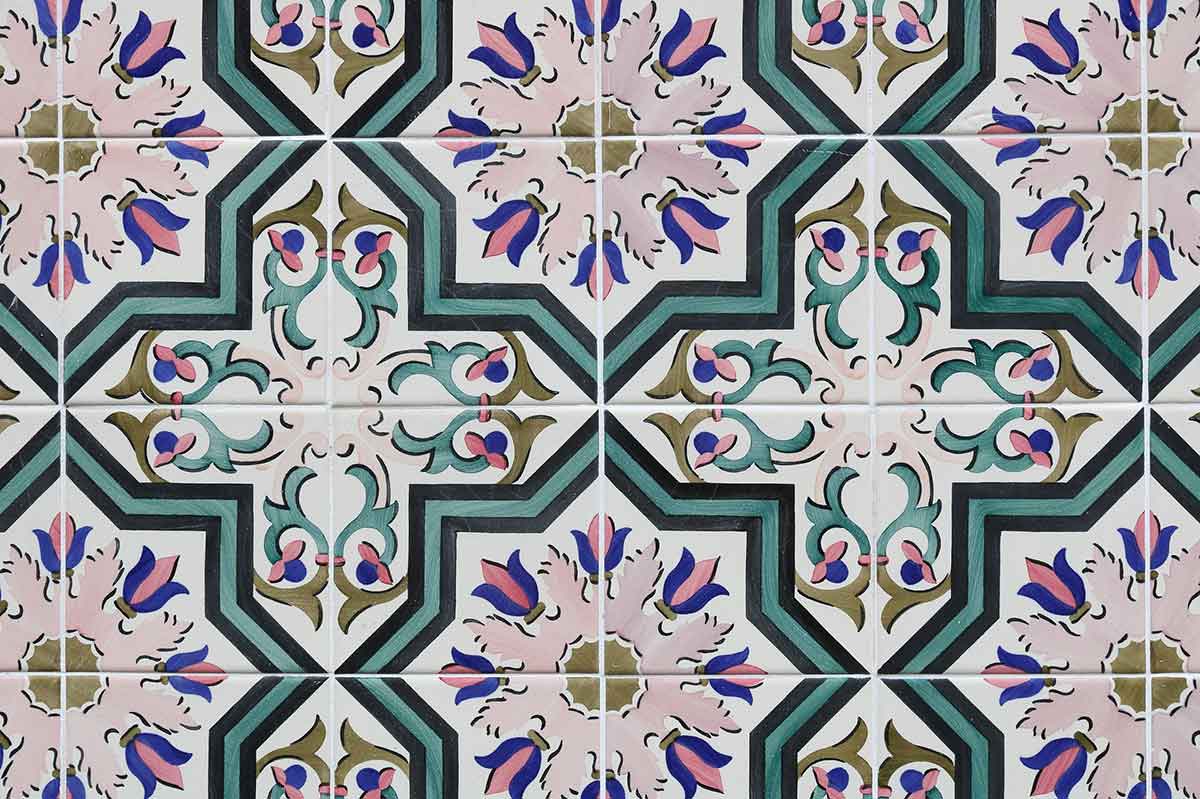
When a Portuguese King falls in love with a Moorish tradition
It was Portugal’s King Manuel I who brought this technique to his country, after a visit he made in Andalucia. Amazed by those colored pieces of tiles, he decided to bring them in Portugal, and this is how a new era in decorating started. Over the years, Portugal became the main client of the Spain pottery workshops. It was a new artwork, embraced by the Portuguese, that will define from now on the country’s cultural heritage.
First Azulejos (13th to 15th century), with deep Moorish influences, had simple geometrical patterns and were usually glazed in neutral colors. Portuguese introduced not only the Azulejos but also the Arab concept of “fear of empty spaces” – a concept that made them covering entire walls and floors in tiles. The Arabic Room, in Sintra Palace, is a good example where these first types of Azulejos can be seen.
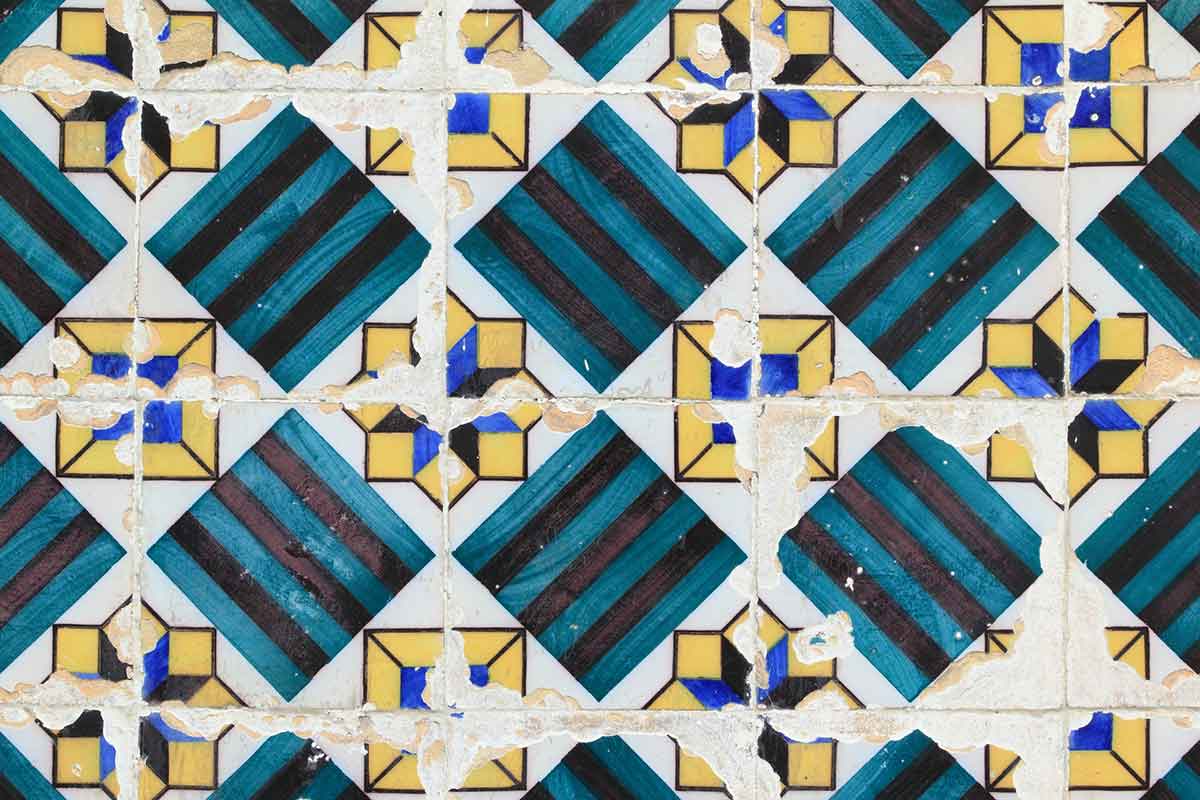
First pottery workshops in Portugal
In the second half of the 16th century, first pottery workshops made their appearance in Lisbon. Portuguese started to produce Azulejos according to the faience technique imported from Italy. More and more workshops were expanding their tiles production to meet the increasing demand that came from the nobility and clergy. Now, Azulejos have often religious themes, and many of the mosaics consisted of white tiles surrounded by blue tiles. There was a flourishing time for the Azulejos industry.
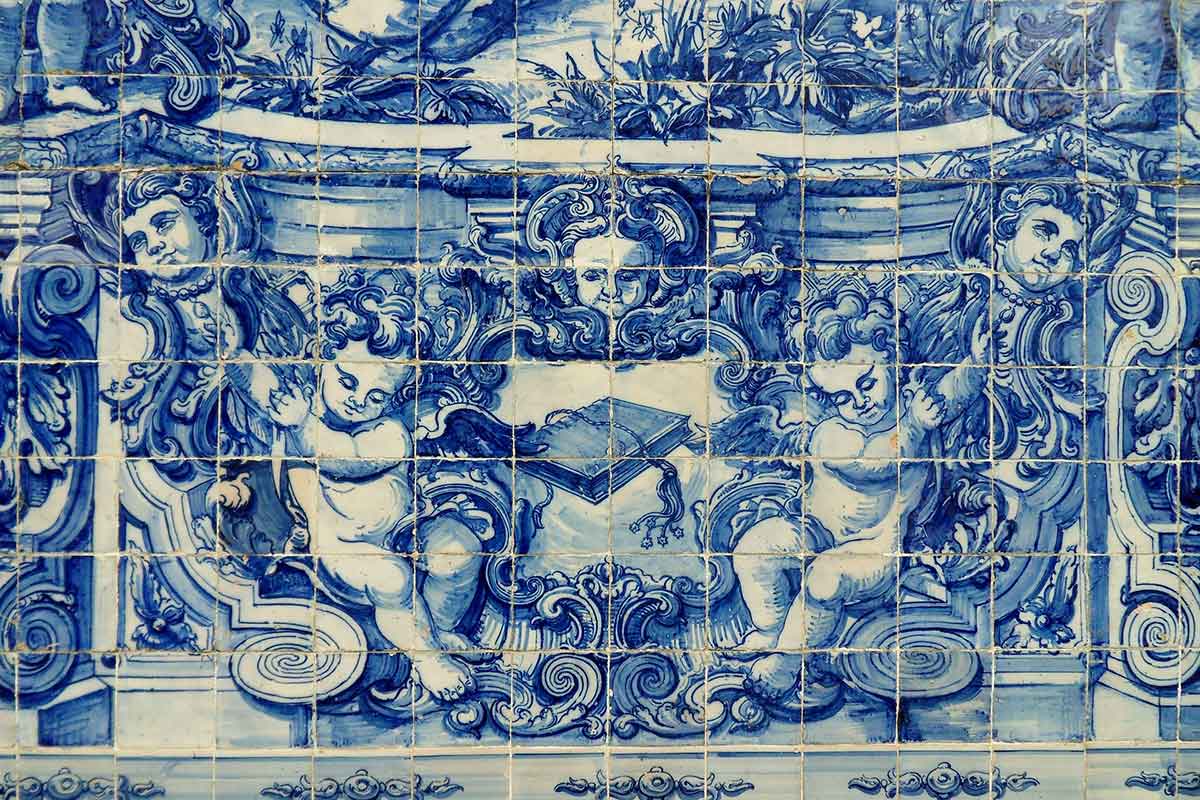
Pattern Azulejos
Floral, decorative and religious motifs were frequently used, with mosaics depicting scenes from the Old and New Testament. Other than that, Azulejos with a repetitive pattern were representative for the 17th century. This also was the time when Dutch influences began to appear – blue and white tiles were in high demand.
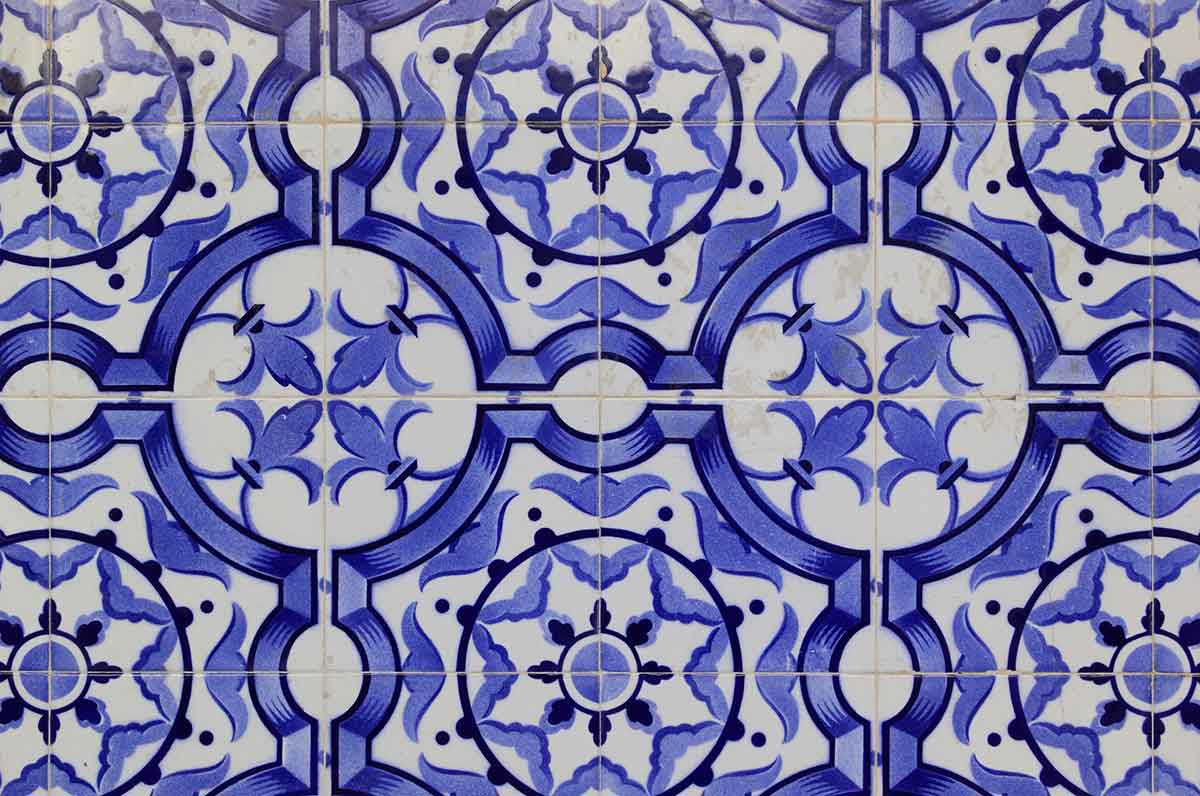
The Golden Age of Azulejos
In the 18th century, Azulejos industry was at its peak. This decorative art was already deeply embedded in Portugal’s cultural tradition, and beautifully decorated edifices were blooming everywhere. Rococo was the predominant style, and blue, white, and yellow were the colors used the most.
But in 1755, a strong earthquake shook Lisbon, causing severe destructions in many of the city’s buildings. As a result, aside from their decorative role, Azulejos started to gain a functional purpose as well, being used as protection for future disasters.
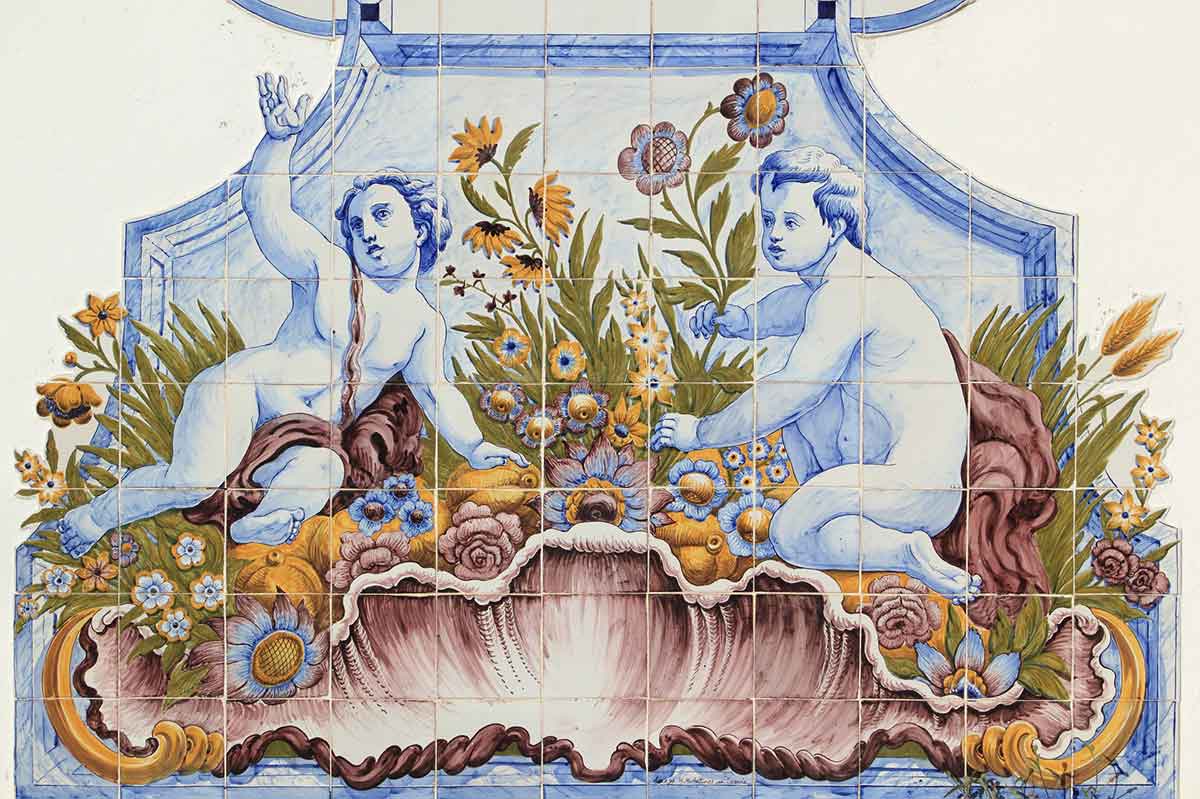
Industrial production: a new urban landscape is born
Brazilian immigrants set in Porto, around 1840, the first ceramic factory where tiles could be mass produced. The use of the relief shapes was a new technique that would distinguish Northern Portugal’s tiles from Lisbon’s tiles. In the meantime,
there was a growing use of Azulejos in decorating the facades of the houses all over the country. A new urban landscape was born.
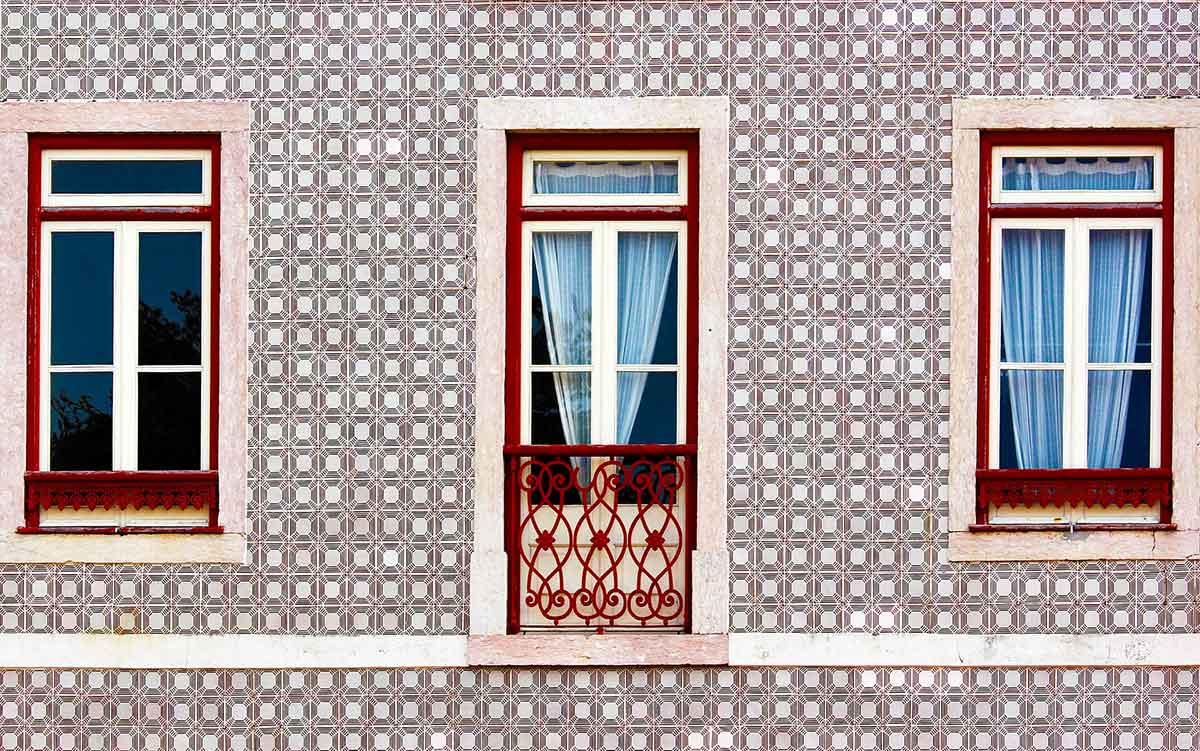
Art Nouveau, Art Deco, and the contemporary Azulejos
It was the early 20th century when the first Art Nouveau and Art Deco influences made their appearance. Later, in the 1930s, Azulejos tiles found a new home: the railway stations. One of the most distinguished panels can be found in Sao Bento Station, in Porto.
The panel consists of over 20,000 tiles and represents the grand entrance of King D. Joao and Queen Philippa in the city of Porto.
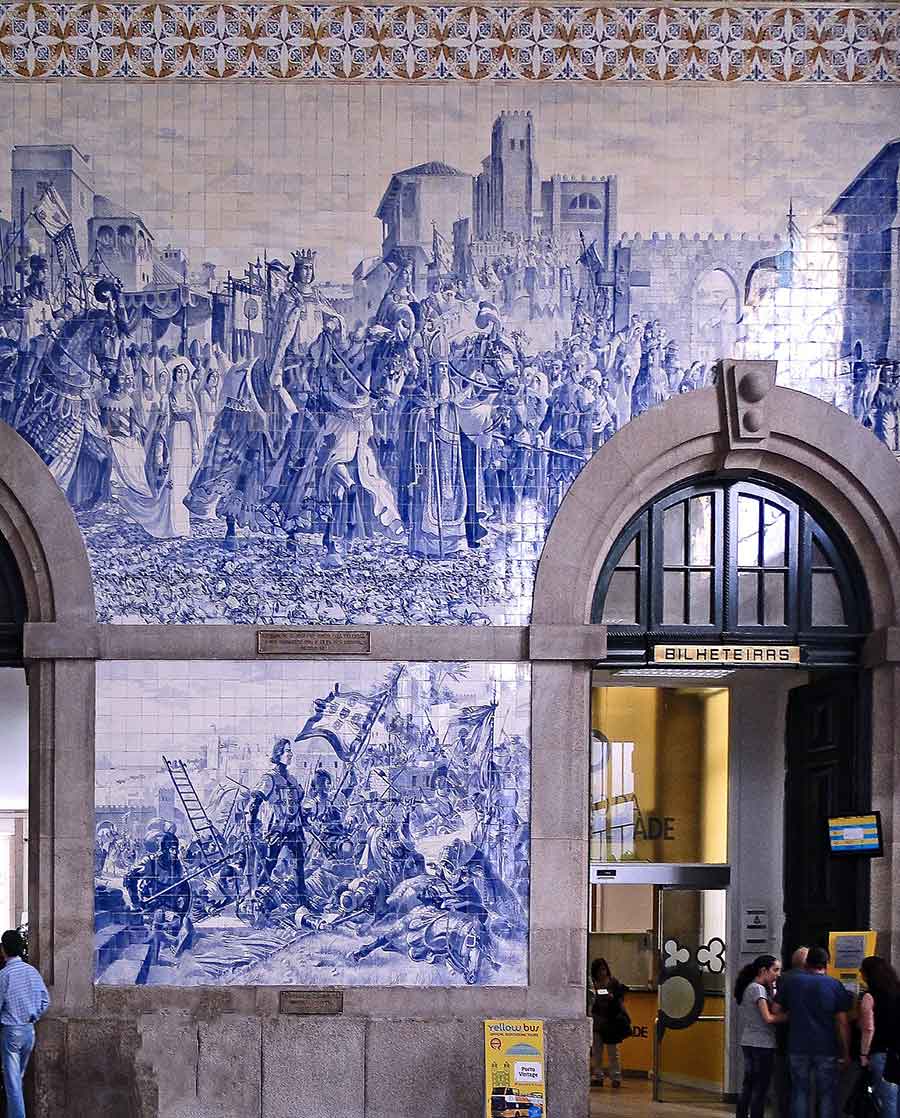
Underground stations also benefit from Azulejos decorations. In Lisbon and Porto, many of them have such panels, and one of the most remarkable ceramic artwork is located in Bolhao Market Underground Station (Porto).
Nowadays, the National Azulejo Museum in Lisbon houses the most extensive collection of Azulejos in the world, and it’s an excellent place to found out more about their history and to admire their beauty.
But there’s another museum where Azulejos can be found: the cities of Portugal. For streets are museums of time, and every building, church, wall or subway station will tell you the story of Portugal’s love affair with Azulejos.
Pin for later:
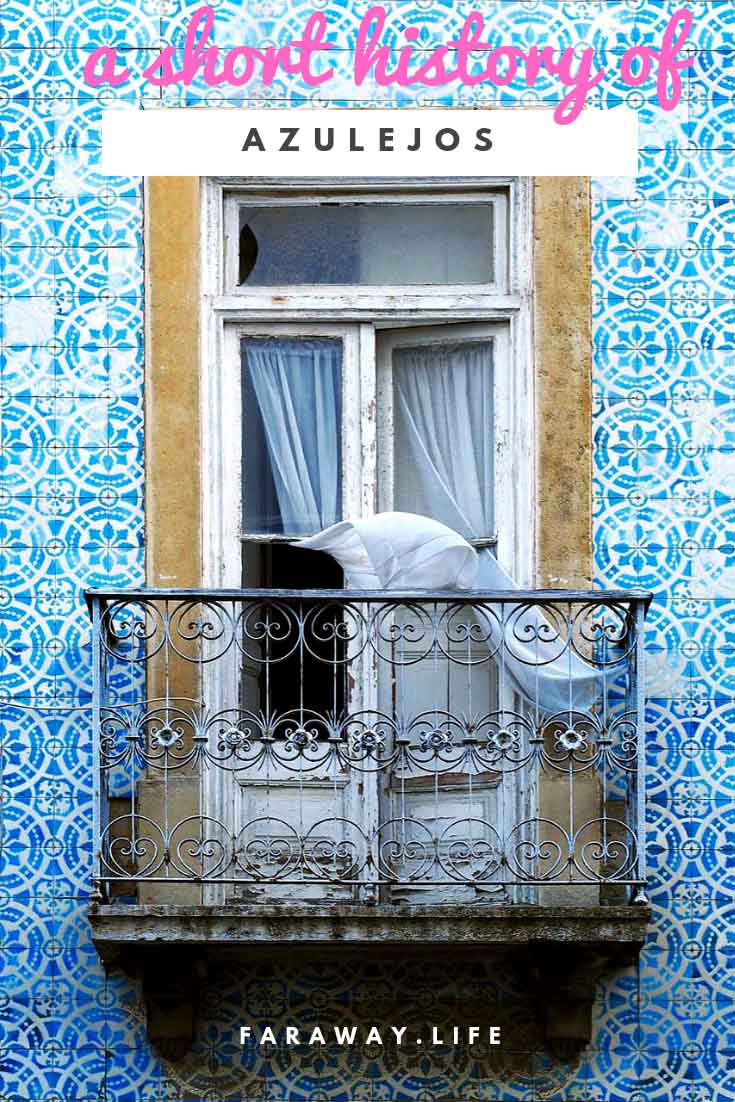
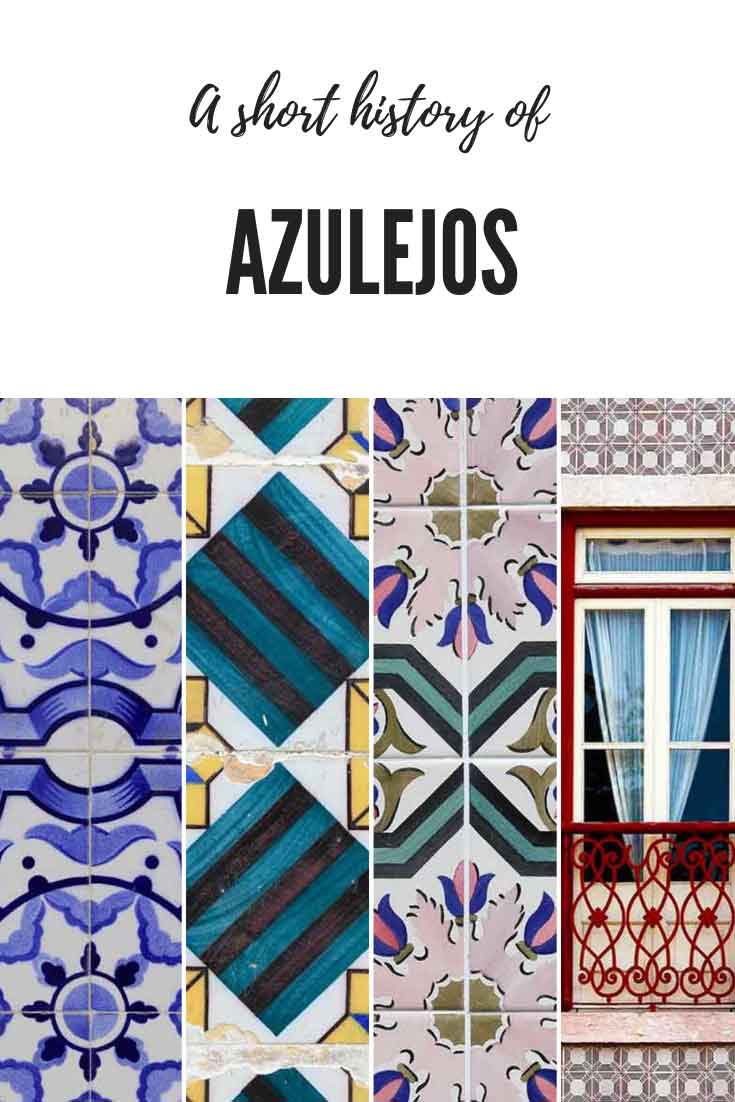

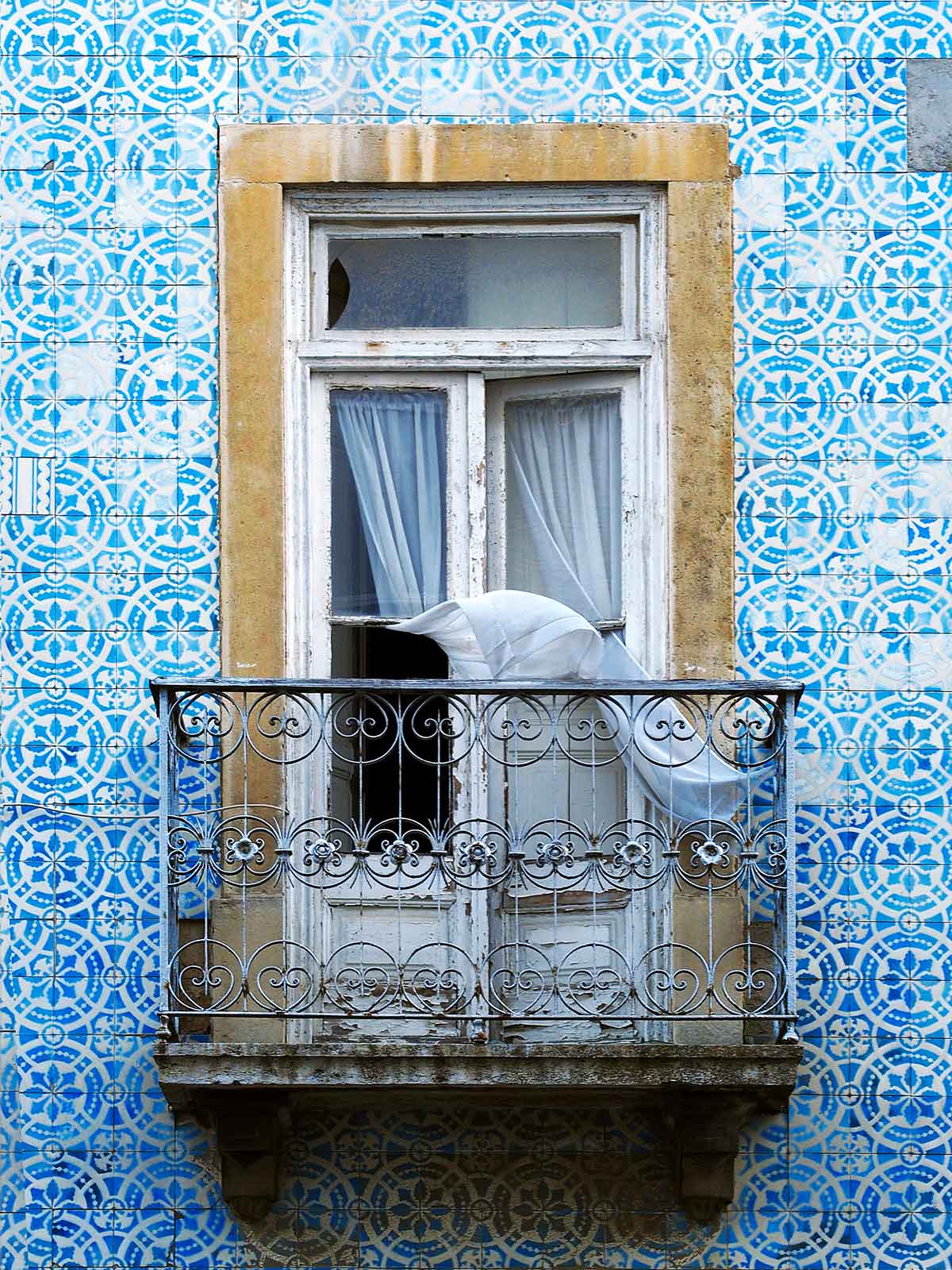



No Comments